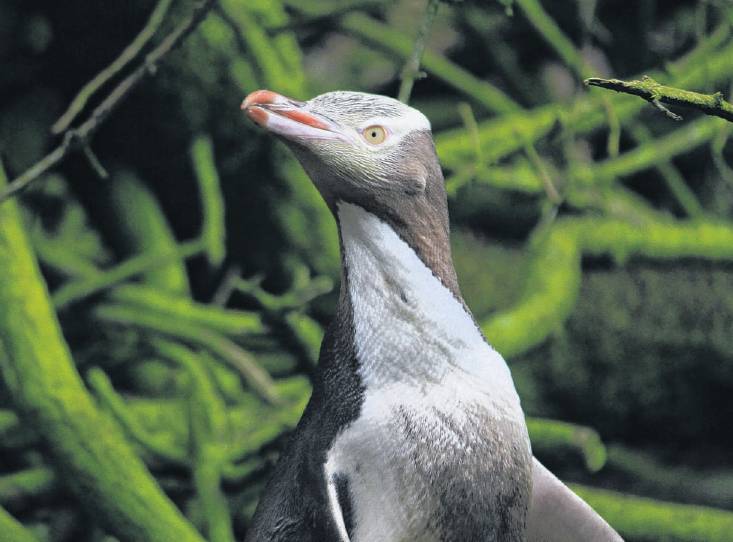
But focusing on a disease allows those passionate about the species to "buy some more time" as the endemic birds head towards extinction from mainland New Zealand.
University of Otago researcher Thomas Mattern has predicted yellow-eyed penguins (hoiho) will die off on New Zealand’s mainland by 2050.
It was announced this week that a multi-agency effort led by Otago researchers discovered a novel gyrovirus, which was likely responsible for a respiratory disease that killed about 25% of the chicks from the mainland’s 2021 breeding season.
Dr Mattern said he doubted the discovery would bring the species back from the brink.
The underlying question remained why diseases such as this and the previously known diphtheritic stomatitis were now a problem for the species.
The research by Otago University postdoctoral research fellow Dr Janelle Wierenga and virologist Dr Jemma Geoghegan was important, but it was not a game-changer for the species.
"Disease is a problem, but it’s just one of many problems hoiho have.
"We’re still not dealing with the fisheries impact, we’re still not dealing with the pollution, we’re unwilling to deal with the climate change issues.
"The thing about our focus on diseases and uplifting chicks and everything, I sometimes think it’s good because it gives us something to do.
"We can’t do diddly-squat to change what’s happening in the oceans, because the fishing lobby groups [are] far too powerful.
"If you’re concerned about the species, if you’re passionate about the species, you try anything you can and treating disease is the only thing that we can do.
"But at the end of the day, it’s a Band-Aid on an open wound.
"We’re hardly ever talking about that fact that our dirty rivers also affect coastal waters. Hoiho need those waters to forage."
Department of Conservation wildlife veterinarian Kate McInnes agreed the discovery of the gyrovirus was not a "magic bullet" — but there were no magic bullets.
Often in wildlife management conservationists never found the cause of disease and could only deal with symptoms, she said.
"A ‘game-changer’ for hoiho is too simplistic a thing to ask for because it’s such a multi-factorial situation."
This research was just working on "one part of the pie" and if conservationists could protect that part, it allowed more time for the other parts to get sorted out.
"I’m really excited and proud of what’s been achieved."
Present work included finding out how widespread the virus was.
Scientists did not yet know where the virus originally came from, whether it was new or whether it was only problematic now because the birds were already unhealthy, nor how it spread between birds.
The research group includes the Dunedin Wildlife Hospital, Yellow-Eyed Penguin Trust, Department of Conservation, Ministry for Primary Industries and both Otago and Massey universities.












